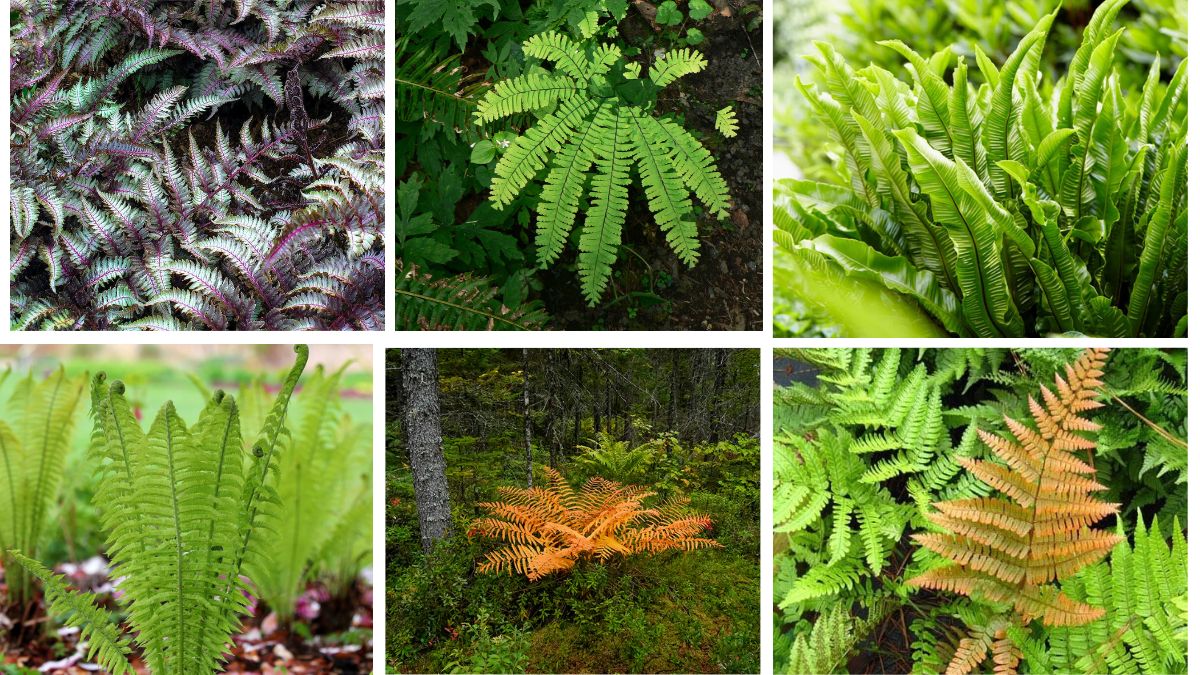If you’re looking to enhance your garden’s shady corners with texture, movement, and lush greenery, ferns are a top pick. These ancient plants thrive in low-light areas and add a graceful, timeless charm to any landscape. With their feathery fronds and soft, layered foliage, ferns bring a sense of calm and natural elegance. Below are six unique shade-loving ferns that will not only survive but thrive in your shaded garden areas—each offering its own flair and texture.
1. Japanese Painted Fern (Athyrium niponicum)
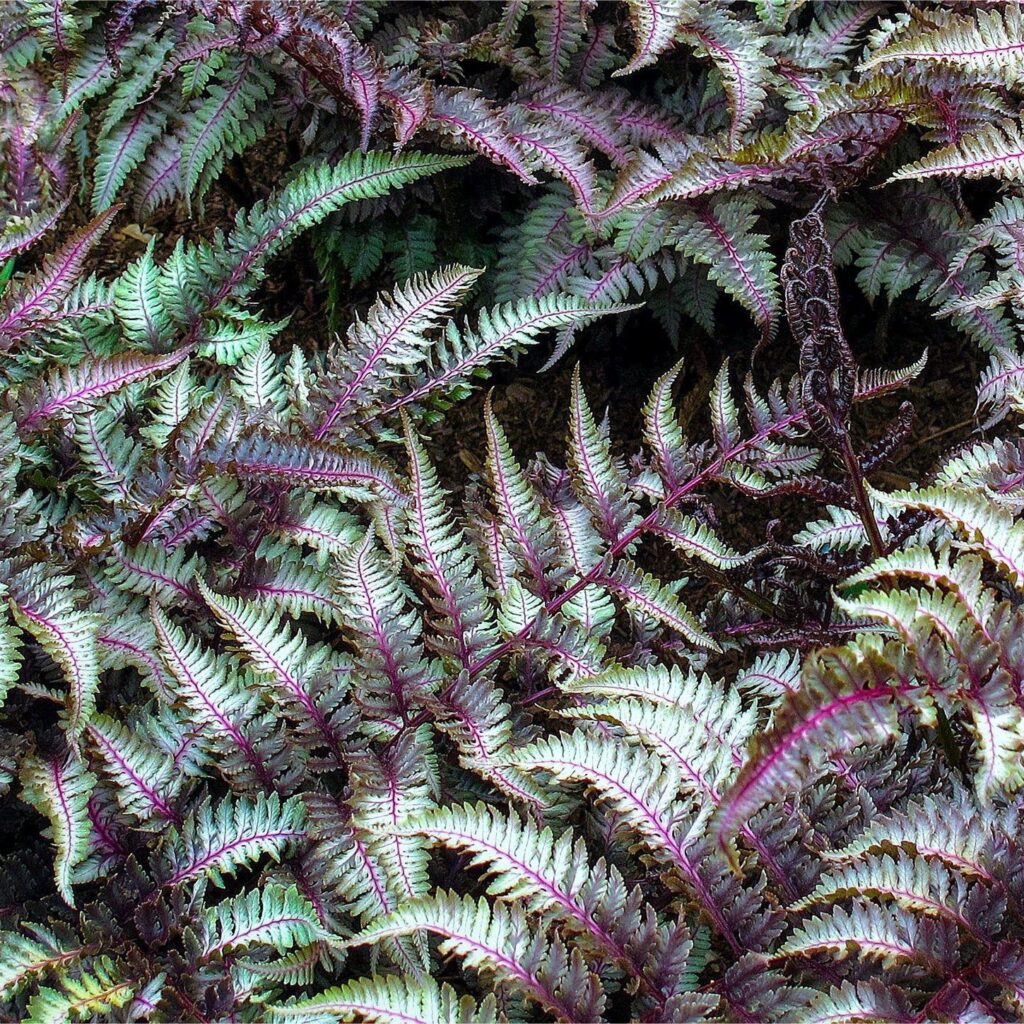
This fern is an artistic showstopper in any shade garden. Its silver-gray fronds are brushed with hints of burgundy and green, giving it a painted appearance that stands out among plain green foliage.
- Why It’s Unique: The shimmering foliage adds color contrast and visual interest in deep shade.
- Ideal Conditions: Prefers moist, well-drained soil and thrives in full to partial shade.
- Care Tips: Regular watering and mulching keep it happy. Avoid direct sun to prevent leaf scorch.
2. Maidenhair Fern (Adiantum spp.)
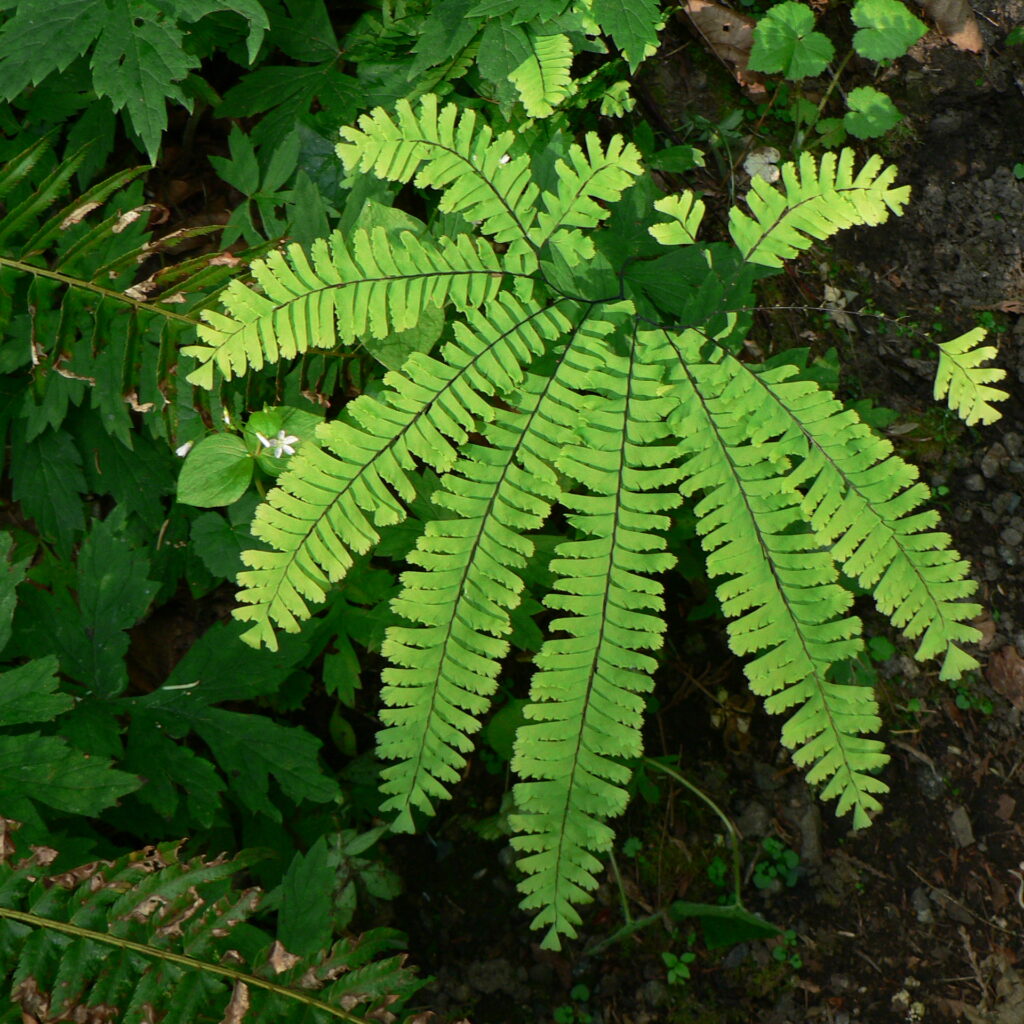
The delicate and airy appearance of maidenhair ferns makes them a favorite in woodland-style gardens. Their fan-shaped leaflets and jet-black stems create a stunning texture.
- Why It’s Unique: Extremely elegant with a soft, romantic feel—perfect for shaded borders or containers.
- Ideal Conditions: Moist, rich soil and high humidity in deep shade.
- Care Tips: Keep the soil consistently moist. Do not allow it to dry out. Great for placing near a shady fountain or pond.
3. Autumn Fern (Dryopteris erythrosora)
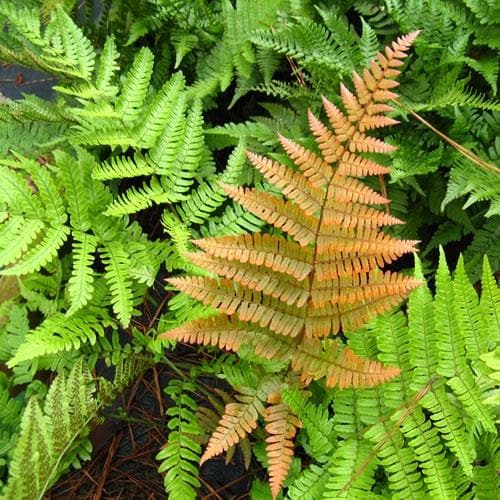
This semi-evergreen fern changes color through the seasons, unfurling coppery-red fronds in spring that mature into glossy green.
- Why It’s Unique: Offers dynamic color changes, making your garden feel ever-evolving and lively.
- Ideal Conditions: Partial to full shade with moist, well-draining soil.
- Care Tips: Very low-maintenance once established. A little mulch and occasional watering during dry spells will keep it thriving.
4. Ostrich Fern (Matteuccia struthiopteris)

Ostrich ferns produce large, arching fronds that resemble ostrich feathers, making them ideal for dramatic background planting or as focal points.
- Why It’s Unique: Their grand size and graceful form make a bold architectural statement in the shade.
- Ideal Conditions: Cool, moist environments with rich soil.
- Care Tips: Needs regular watering, especially in drier climates. Allow space to spread, as this fern can naturalize and form colonies.
5. Cinnamon Fern (Osmundastrum cinnamomeum)

Named for its striking cinnamon-colored fertile fronds that rise above the green foliage in spring, this fern adds vertical interest and warm tones to a cool garden palette.
- Why It’s Unique: The bold cinnamon spires provide beautiful contrast and a seasonal highlight.
- Ideal Conditions: Prefers wet areas like rain gardens or around water features.
- Care Tips: Thrives in boggy, shaded areas. Plant in groups for dramatic effect.
6. Hart’s Tongue Fern (Asplenium scolopendrium)
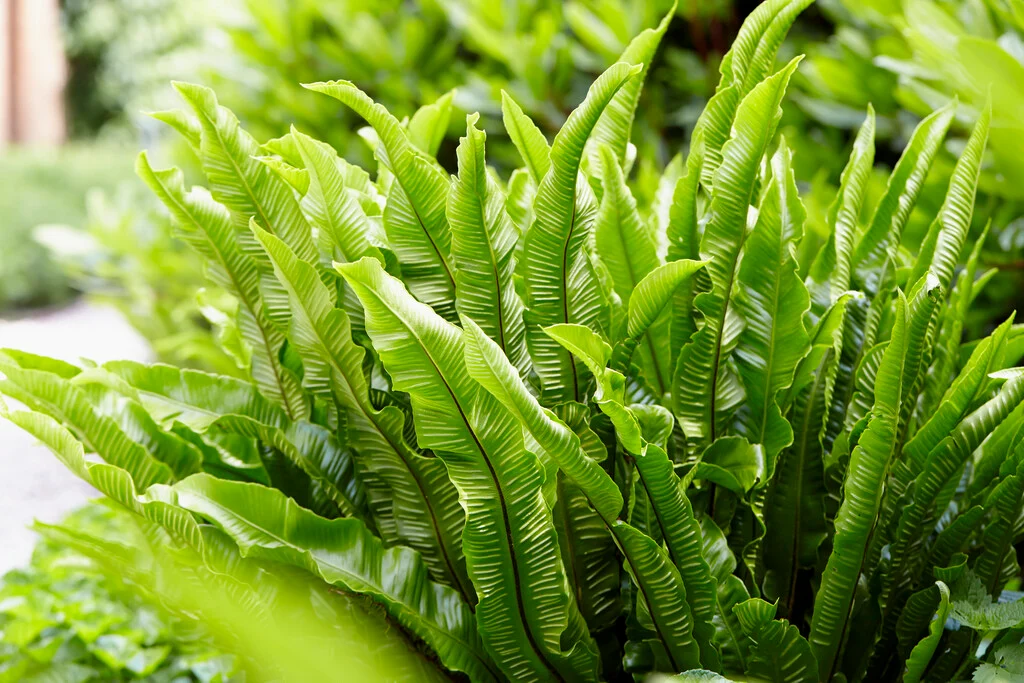
Unlike most ferns with divided fronds, Hart’s Tongue has simple, strap-like glossy green leaves, giving it a contemporary and unexpected look.
- Why It’s Unique: Its sleek, undivided foliage makes it a standout among traditional ferns.
- Ideal Conditions: Cool, shaded, and moist locations with slightly alkaline soil.
- Care Tips: Avoid overly dry or exposed spots. Great in rock gardens or as an accent near walkways.
Final Thoughts
Incorporating ferns into your shade garden is a simple yet effective way to introduce lush, layered beauty. Each of these six varieties brings something special to the table—whether it’s unique texture, seasonal color, or elegant form. By choosing the right fern for your space and giving it the care it needs, you’ll transform any dim corner of your yard into a verdant sanctuary.
